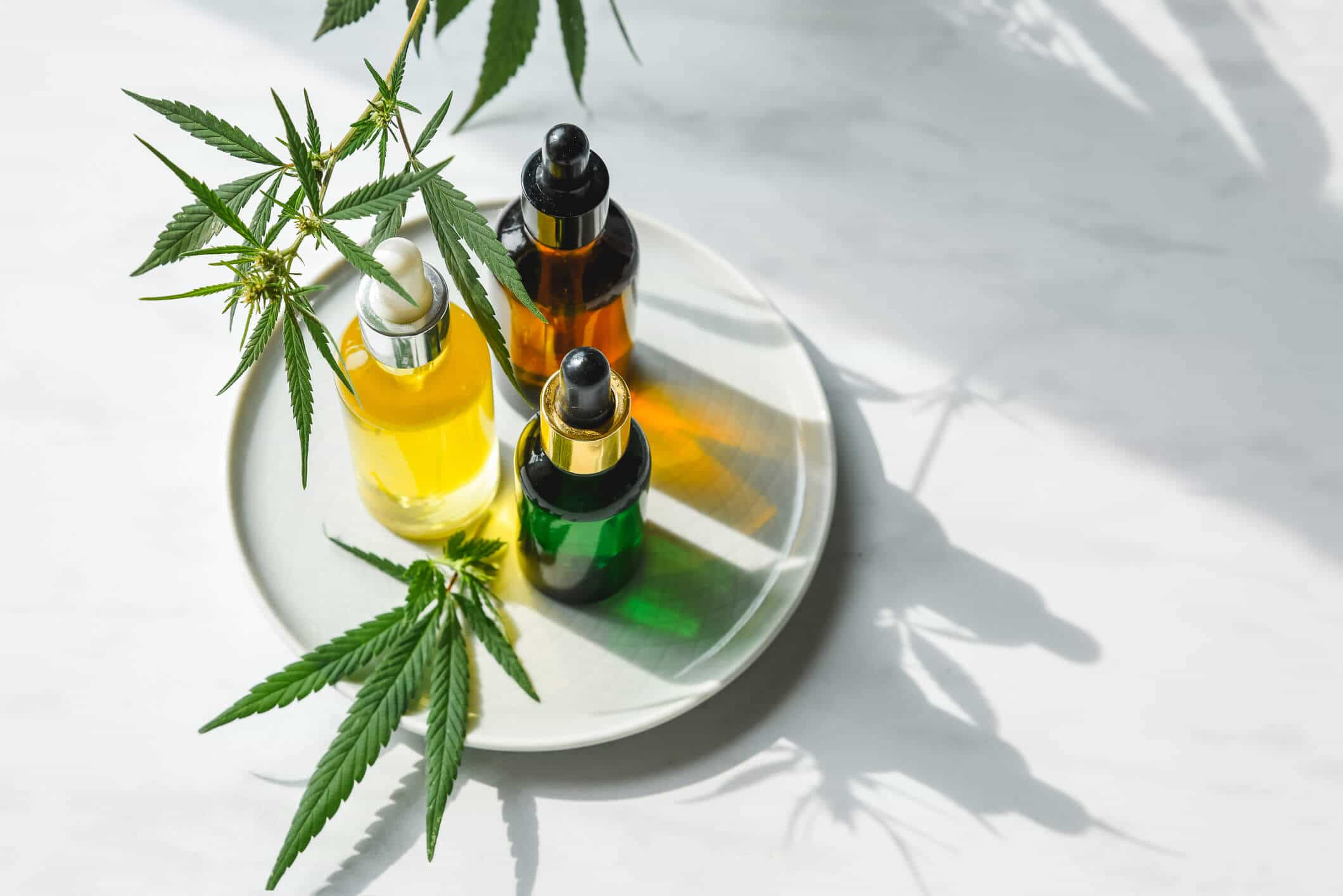The cannabis market going into 2021 has never been stronger. The industry is expected to climb to $73.6 billion in the U.S. alone by 2026, and its economic impact may hit $130 billion by 2024. But the industry’s boom can’t overshadow the many challenges for manufacturers, suppliers, and retailers.
Regulatory compliance and legal requirements have been a struggle for the cannabis industry since its inception. Less talked about – but equally important – challenges lie all along the supply chain, including how products are sourced, manufactured, distributed, and tracked for quality and transparency.
To address these and other hurdles in the industry, many companies are exploring the benefits of supply chain master data management. Here’s a closer look at some of the top supply chain management challenges in the cannabis industry and how master data management can help:
1. Product Proliferation
It’s estimated that more than 34 million adults in the United States consume cannabis, with more than half of users consuming it at least once per week. This increase in interest has led to the development of a myriad of cannabis-infused products, from coffee to personal care items to edibles and more.
While this creates more opportunities to turn a profit for cannabis companies, it also raises the complexity of managing multiple product specs and handling requirements. Things like shelf life, labeling, packaging, distribution, and marketing must all be accounted for, not to mention finding ways to manage each product and variation without letting costs get out of control.
The solution: Supply chain master data management software can monitor every product at the spec level, from seed to sale. Companies can also view the profitability of each product and differentiate between passing fads and value to the consumer.
2. Seed-to-Sale Traceability
More products increase the need for more suppliers, which could muddy the traceability waters. Seed-to-sale traceability is of the utmost importance to stay compliant and maintain consumer trust. Many companies are using seed-to-sale software to facilitate this, but these tools are purpose-built only for traceability. They do not offer support in other areas of the operations where management of data is necessary.
The solution: Using supply chain master data management takes the guesswork out of tracking every product’s journey. Gain confidence in where plants are sourced from and how they’re used in production to where they are stocked in dispensaries.
3. State-Specific Distribution Regulations
Perhaps one of the biggest challenges is the many moving parts of cannabis legality between states. Legal distribution channels, licensing requirements, and storage processes vary by state (and even at the county level in some places), including how cannabis products are transported across state lines.
The solution: Using a system with a central source of truth to manage all of these finite details is paramount in the cannabis industry. Supply chain master data management tools create a single digital thread across all participants. You can use this foundation to satisfy regulatory requirements and ensure compliance in every state your product is sold or travels through.
Specright is a leading provider of supply chain master data management solutions that instills confidence throughout your supply chain. Download our ebook to learn more about Specright’s role in improving the cannabis supply network.
Explore More Blogs
Get Started
With Specright’s Solution Suite, you can digitize, centralize, and link your specification data to drive efficiencies, intelligence, traceability, and collaboration within your organization and across your supply chain network.




